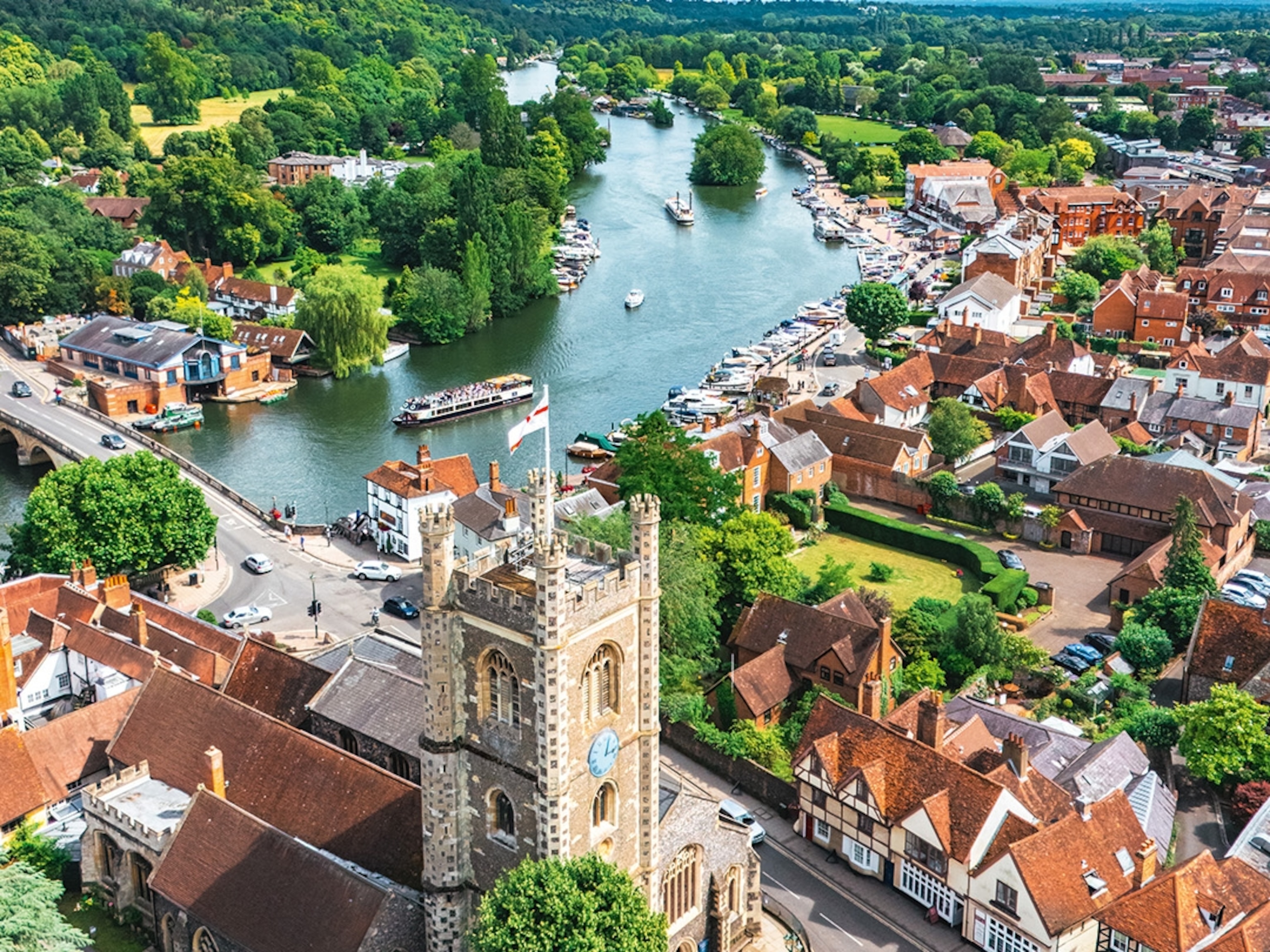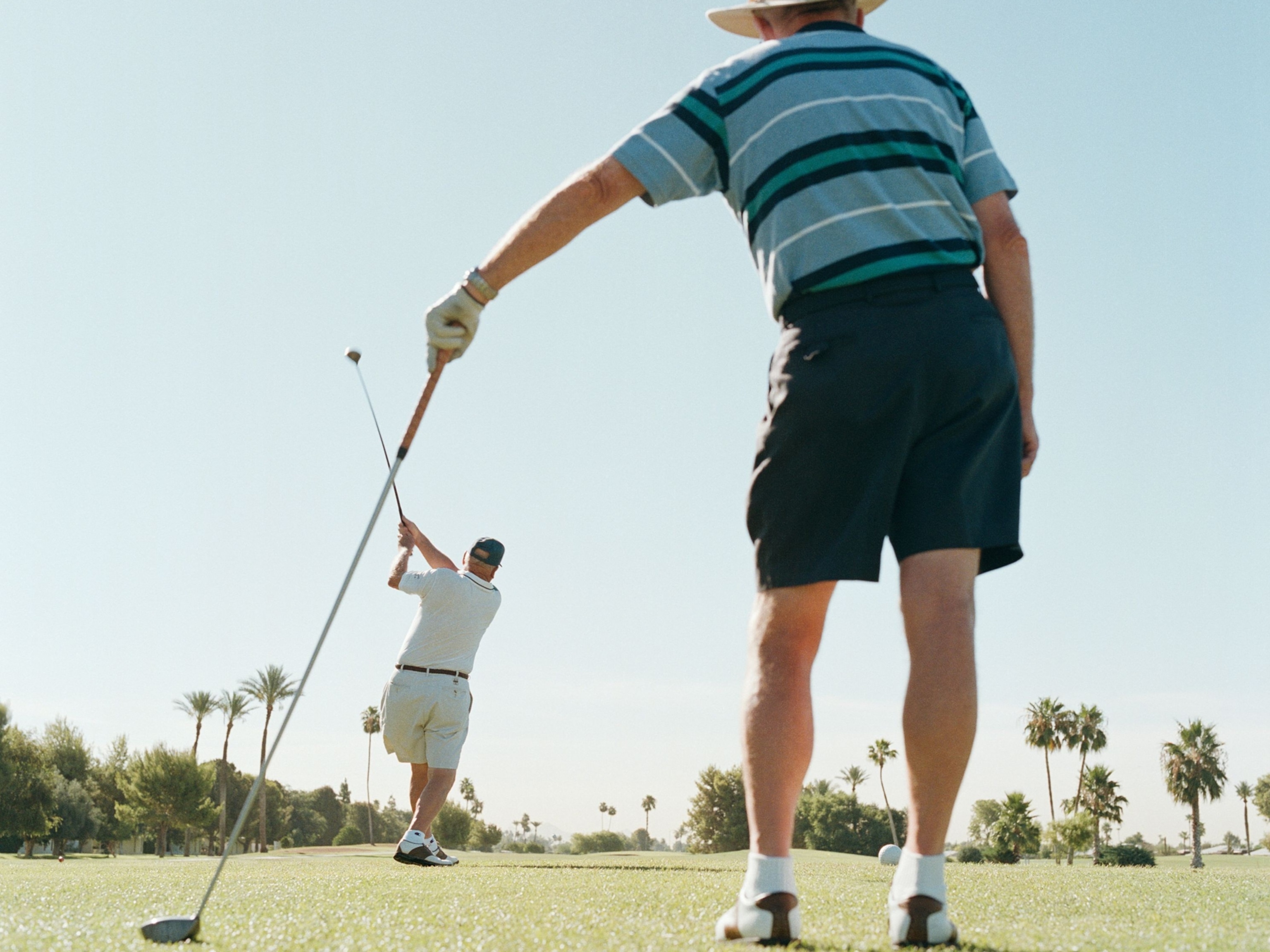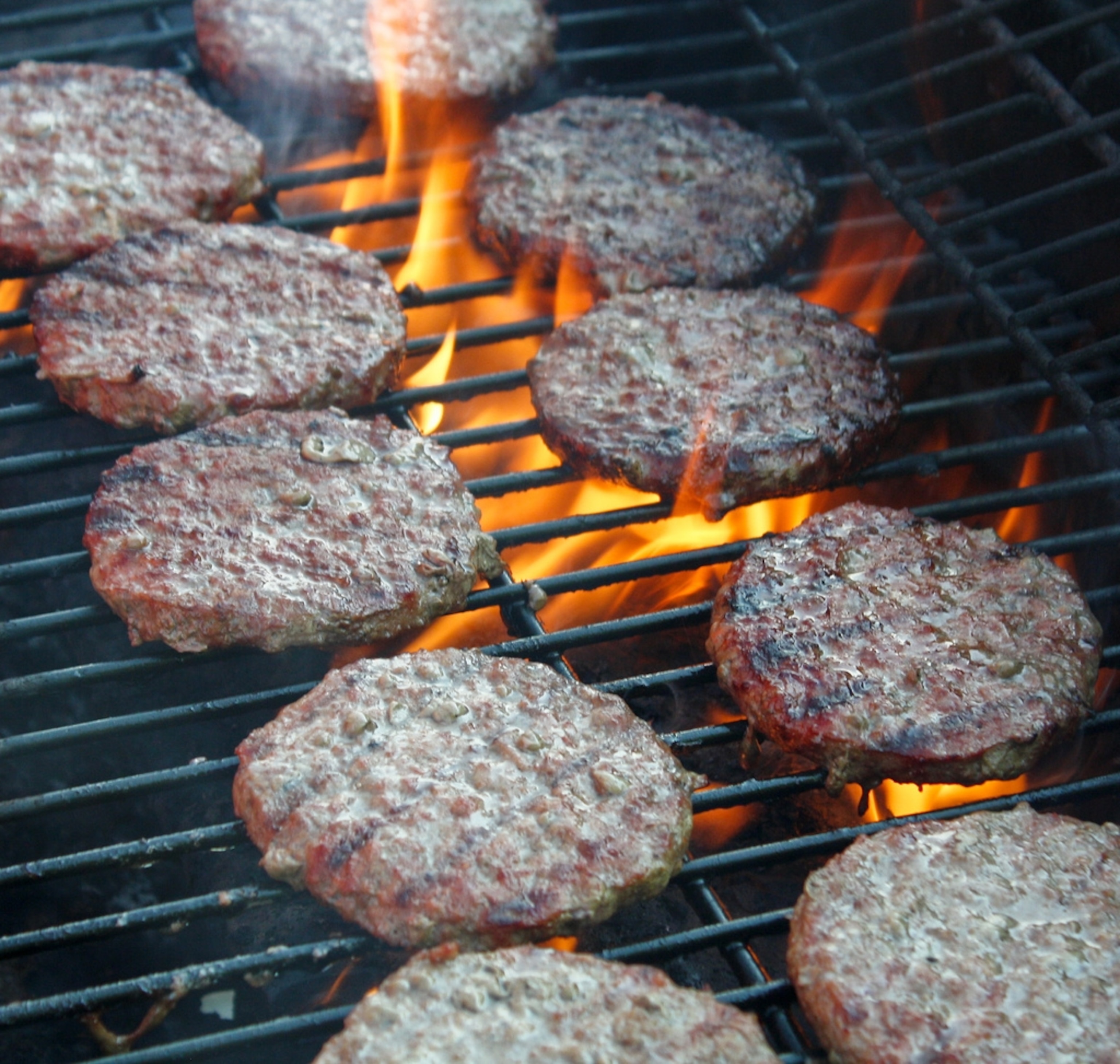
History of Tailgating
For everyone who thinks that community-building food experiences are limited to farm-to-table dinners and idyllic family meals with serene-yet-lively discussions of current events, I have one word: tailgating.
In the Venn diagram of life, good-food people and sports fans haven’t historically yielded significant overlap—bring deconstructed kale salad to a Super Bowl party and see what I mean. Good food and sports both require one’s full attention, and a passion divided cannot stand.
However as the good-food movement has gone mainstream over the past decade or so, sports fans have upped their culinary games. It’s apparent at stadiums where for example the Washington Nationals has stalls selling shawarma, pad thai, and cupcakes as well as specialty gluten-free, Kosher (by the Rabbinical Council of Greater Washington), and DC microbrew stands.
And sports fans’ increased good food awareness is apparent in American tailgating, the century-old tradition of gathering to eat, drink, and be a community over sports before the game…and during…and after. Stroll through a stadium or ballpark parking lot these days and you’ll see trucks’ back flaps unhinged and groaning with feasts of more than just chips, tiny grills, and Bud (although I’m not kicking any of those out of my kitchen). Thick-cut heritage meats, exotic dips, and charcuterie boards with artisanal cheese washed down with local beers are more common these days, and not just among the culinary cognoscenti.
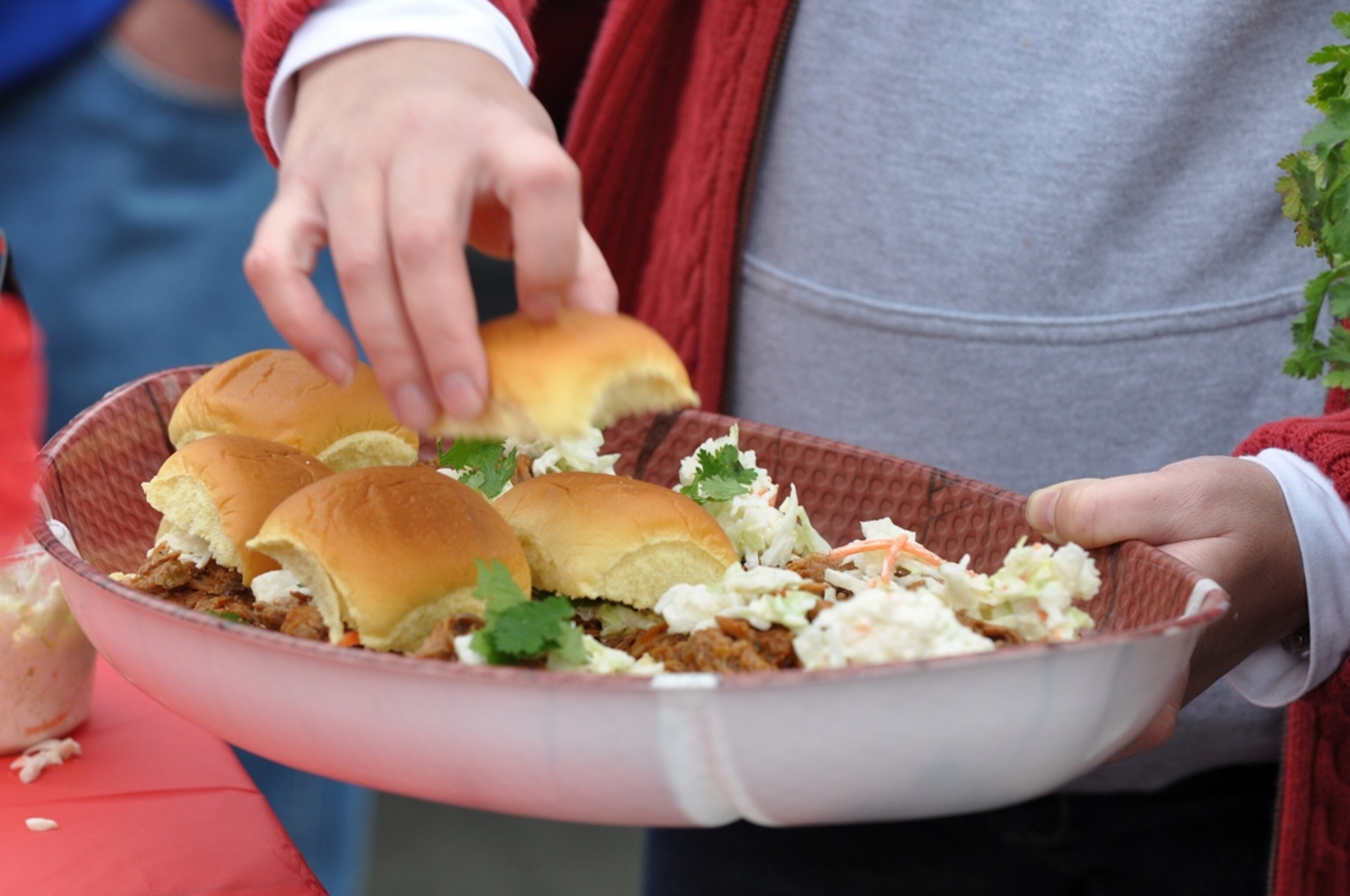
Tailgating’s food renaissance should come as no surprise since, according to University of Notre Dame professor John Sherry, the ritual’s roots are in fall harvest festivals. In his two-year study of tailgating, Sherry found that the custom’s overlap with fall’s bounty (September and October offer tomatoes next to winter squash at most American farmers’ markets) is not coincidental. People celebrated the end of summer with one last party before the harsh winter and a seasonal outdoor blowout feast. For many in modern times, football—or less commonly baseball, lacrosse, soccer, or rugby—has become incidental to the food party. One report found that as many as 35 percent of tailgaters never attend the game inside the stadium.
In more recent (and pedantic) history, some link tailgating to the First Battle of Bull Run in 1861. It was the U.S. Civil War’s first major battle, and voyeurs traveled from DC to Manassas, Virginia to cheer on their team, Union or Confederate. For those who slept through that day of high school, I’ll save you a search—the latter won, kicking off years of treacherous fighting.
Whatever name it’s called, tailgating is just a traveling al fresco cocktail party that anyone can crash. Media critics often note that the only shows watched on televisions anymore are programs that, if missed live and in real time, would create a feeling of isolation in the potential viewer. So basically, The Sound of Music Live! and sports.
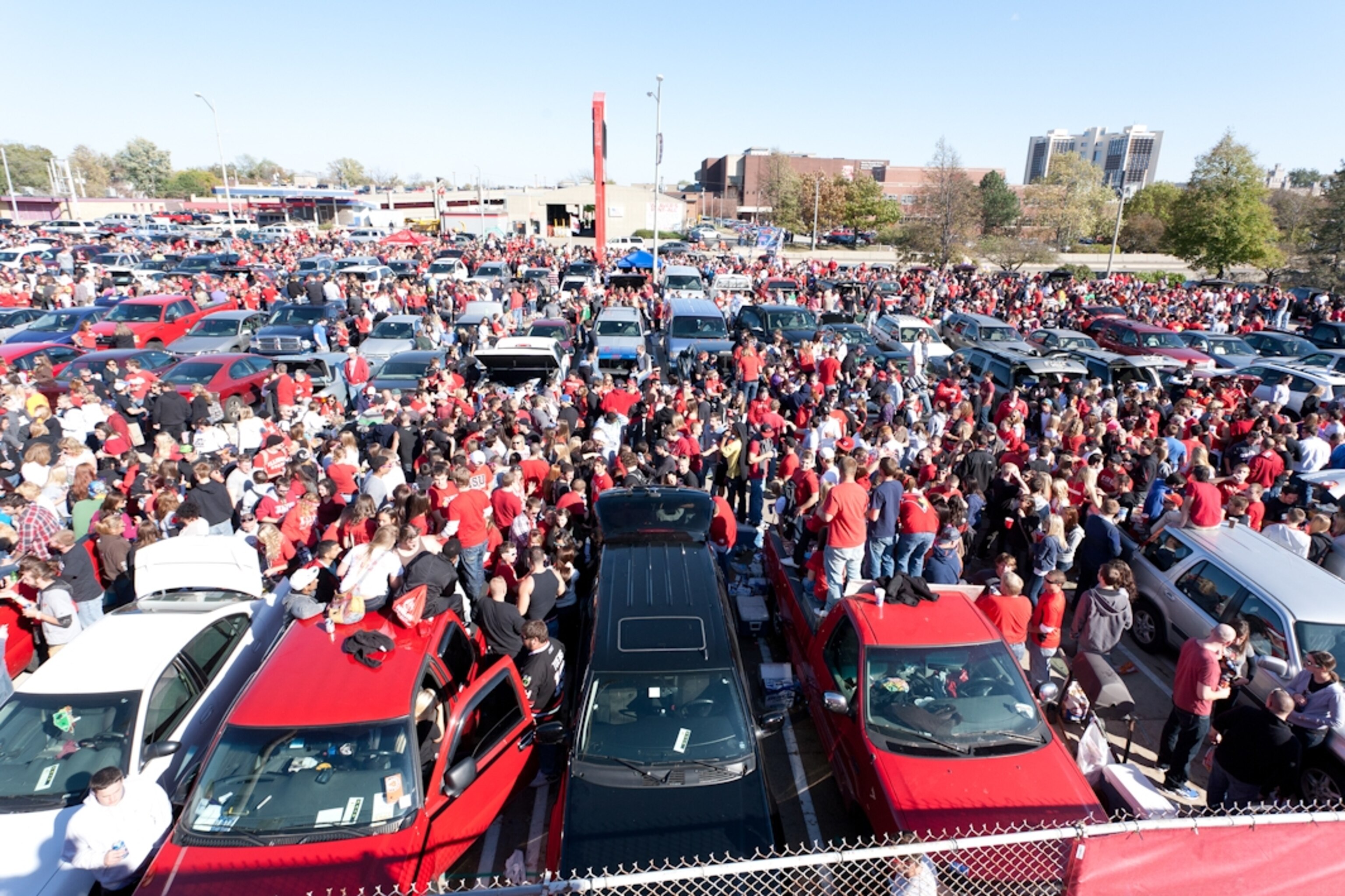
I’ll choose sports. And not just because I recently visited the truly excellent four-year-old Trapp Lager Brewery and discovered that Maria von Trapp was not in love with Georg, was tricked into marrying him while cleaning a chandelier, and Friedrich’s real name was Hedwig.
Like sports, good food is best experienced live and in real time, and tailgating at its best brings the two together to people who are living devotedly to both in the moment. Sports fans increasingly respect good food, and good food people can return the favor by loving tailgating for the comfort it can offer, a comfort similar to food: a sense of community and connection in an ever-more-disconnected world.
This story is part of National Geographic’s special eight-month Future of Food series.


